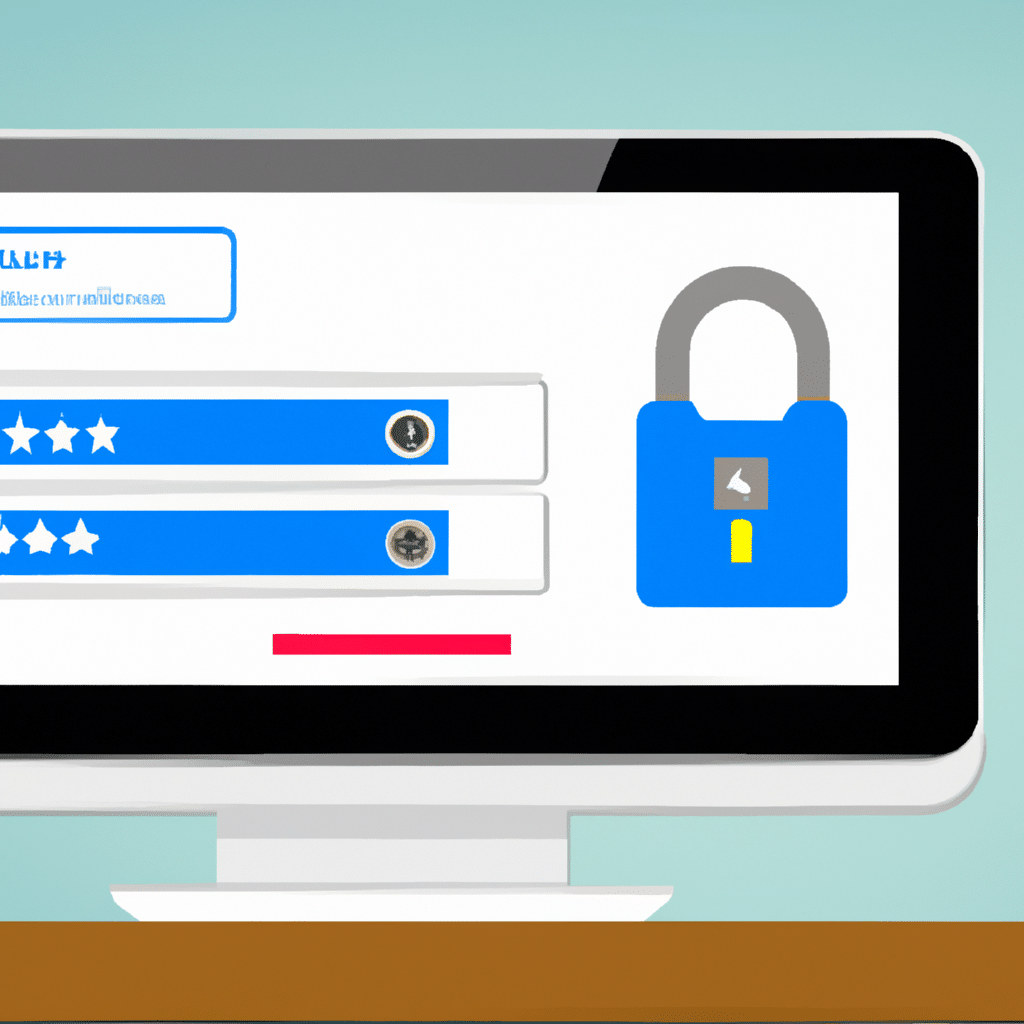In today’s digital age, endpoint security has become increasingly important for businesses of all sizes. Endpoint security refers to the protection of a company’s network from cyber attacks that target endpoints, such as laptops, desktops, mobile devices, and servers. These attacks can take many forms, including malware, phishing, and ransomware, and can result in data breaches, financial losses, and damage to a company’s reputation.

As a business owner or IT manager, you need to ensure that your company’s endpoint security is up to par. In this article, we’ll discuss some tips and best practices for improving your company’s endpoint security.
Conduct a Security Assessment
The first step in improving your company’s endpoint security is to conduct a security assessment. This will help you identify any vulnerabilities or weaknesses in your network and endpoints. A security assessment can be conducted by an internal IT team or an external security consultant.
During the assessment, you should review your network architecture, security policies, access controls, and software and hardware configurations. You should also test your endpoints for vulnerabilities and perform penetration testing to see how easy it is for an attacker to gain access to your network.
Based on the results of the security assessment, you can develop a plan to address any vulnerabilities or weaknesses that were identified. This may include updating software, implementing new security policies, or investing in additional security tools.
Implement Strong Password Policies
Weak passwords are a common cause of security breaches. To improve your company’s endpoint security, you should implement strong password policies for all users. This includes requiring users to choose complex passwords that include a mix of letters, numbers, and symbols, and changing passwords regularly.
You should also consider implementing two-factor authentication, which requires users to provide two forms of identification before they can access a system or application. This adds an extra layer of security and makes it more difficult for attackers to gain access to your network.
Keep Software and Hardware Up-to-Date
Outdated software and hardware can be a major security risk. Hackers often target vulnerabilities in older software and hardware that have not been patched or updated. To improve your company’s endpoint security, you should make sure that all software and hardware are up-to-date with the latest security patches and updates.
This includes operating systems, applications, and firmware. You should also consider implementing an automated patch management system that can automatically update software and hardware on a regular basis.
Use Antivirus and Antimalware Software
Antivirus and antimalware software can help protect your endpoints from malware and other threats. These software programs scan your endpoints for viruses, spyware, and other malicious software, and can quarantine or remove any threats that are detected.
To improve your company’s endpoint security, you should install antivirus and antimalware software on all endpoints, and make sure that the software is kept up-to-date with the latest definitions.
Train Employees on Security Best Practices
Employees can be a weak link in your company’s endpoint security. They may inadvertently click on a phishing email or download malware onto their endpoint, putting the entire network at risk. To improve your company’s endpoint security, you should train employees on security best practices.
This includes teaching them how to identify phishing emails, how to create strong passwords, and how to avoid downloading and installing software from untrusted sources. You should also conduct regular security awareness training to keep employees informed about the latest security threats and best practices.
Conclusion
Improving your company’s endpoint security is an ongoing process that requires a combination of tools, policies, and training. By conducting a security assessment, implementing strong password policies, keeping software and hardware up-to-date, using antivirus and antimalware software, and training employees on security best practices, you can help protect your network and endpoints from cyber threats. Remember to regularly review and update your security measures to stay ahead of the latest threats and keep your company’s data and reputation safe.












